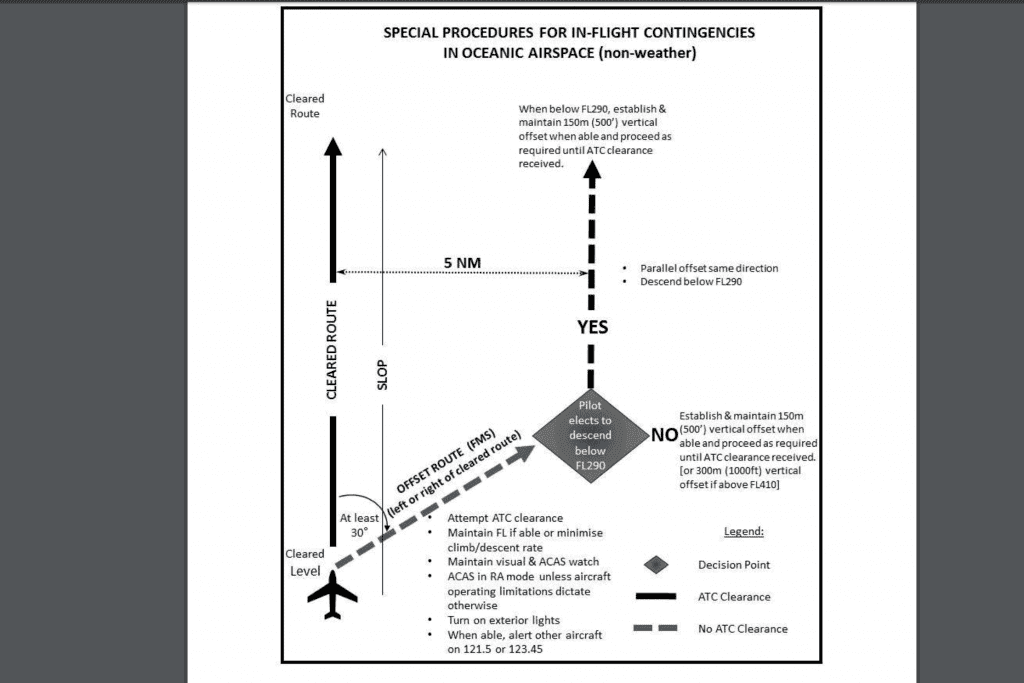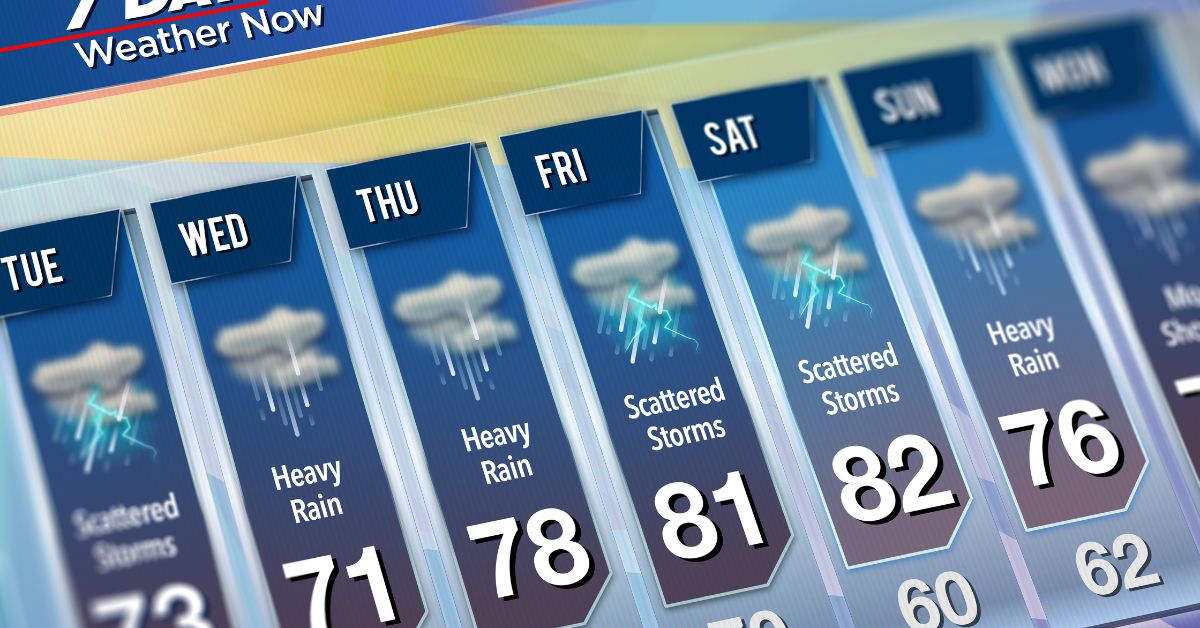Hi All, Please allow me to welcome you to our new blog on the NAT High-Level Altitude, changes to contingency and weather deviation procedures, which will go into effect In March of 2019. These changes in the procedures are coincident with the trial Advances surveillance and Enhanced procedural separation (ASEP) using the ADS-B.
NAT OPS Bulletin Click on this link for more information
These procedures go into effect on the 29th of March 2019 in the NAT region.
- Shanwick
- Gander
- Santa Maria
Although all procedural changes are not covered, Icarus Trip support (link) will discuss the following procedures.
1- Inability to comply with the assigned clearance due weather.
2- En-route diversion across prevailing traffic flow.
3- Loss of significant reduction in navigation capability.

1- If an aircraft is unable to continue the flight in accordance with its ATC clearance, a revised clearance shall be obtained, whenever possible, prior to initiating any action. If prior clearance cannot be obtained, the following contingency procedures should be employed until a revised clearance is received:
a) leave the cleared route or track by initially turning at least 30 degrees to the right or to the left, in order to intercept and maintain a parallel, direction track or route offset 9.3 km (5.0 NM). The direction of the turn should be based on one or more of the following:
1) aircraft position relative to any organized track or route system,
2) the direction of flights and flight levels allocated on adjacent tracks,
3) the direction to an alternate airport;
4) any strategic lateral offset being flown,
5) terrain clearance;
b) the aircraft should be flown at a flight level and an offset track where other aircraft are less likely to be encountered.
c) maintain a watch for conflicting traffic both visually and by reference to ACAS (if equipped) leaving ACAS in RA mode at all times, unless aircraft operating limitations dictate otherwise).
d) turn on all aircraft exterior lights (commensurate with appropriate operating limitations);
e) keep the SSR transponder on at all times and, when able, squawk 7700, as appropriate;
f) as soon as practicable, the pilot shall advise air traffic control of any deviation from assigned clearance;
g) use whatever means is appropriate (i.e. voice and/or CPDLC) to communicate during a contingency or emergency;
h) if voice communication is used, the radiotelephony distress signal (MAYDAY) or urgency signal (PAN PAN) preferably spoken three times, shall be used, as appropriate;
i) when emergency situations are communicated via CPDLC, the controller may respond via CPDLC. However, the controller may also attempt to make voice communication contact with the aircraft;
j) establish communications with and alert nearby aircraft by broadcasting, at suitable intervals on 121.5 MHz (or, as a backup, on the inter-pilot air-to-air frequency 123.45 MHz) and where appropriate on the frequency in use: aircraft identification, the nature of the distress condition, intention of the person in command, position (including the ATS route designator or the track code, as appropriate) and flight level; and
k) the controller should attempt to determine the nature of the emergency and ascertain any assistance that may be required. Subsequent ATC action with respect to that aircraft shall be based on the intentions of the pilot and overall traffic situation.
Actions to be taken by the Pilot once offset the track
Factors for the pilot to consider when diverting from the cleared route or track without an ATC clearance include, but are not limited to:
a) operation within a parallel track system,
b the potential for User-Preferred Routes (UPRs) parallel to the aircraft’s track or route,
c) the nature of the contingency (e.g. aircraft system malfunction) and
d) weather factors (e.g. convective weather at lower flight levels).
If possible maintain the assigned flight level until established on the 9.3 km (5.0 NM) parallel, same direction track or route offset. If unable, initially minimize the rate of descent to the extent that is operationally feasible.
1- Once established on a parallel, same direction track or route offset by 9.3 km (5.0 NM), either: a) descend below FL 290, and establish a 150 m (500 ft) vertical offset from those flight levels normally used, and proceed as required by the operational situation or if an ATC clearance has been obtained, proceed in accordance with the clearance; or Note. — Descent below FL 290 is considered particularly applicable to operations where there is a predominant traffic flow (e.g. east-west) or parallel track system where the aircraft’s diversion path will likely cross adjacent tracks or routes. A descent below FL 290 can decrease a)the likelihood of conflict with other aircraft, ACAS RA events and delays in obtaining a revised ATC clearance. b) establish a 150 m (500 ft) vertical offset (or 300 m (1000 ft) vertical offset if above FL 410) from those flight levels normally used, and proceed as required by the operational situation, or if an ATC clearance has been obtained, proceed in accordance with the clearance.
Note — Altimetry System Error may lead to less than actual 500 ft vertical separation when the above procedure is applied. In addition, with the 500 ft vertical offset applied, ACAS RAs may occur.
Weather deviation procedure
1- When weather deviation is required, the pilot should initiate communications with ATC via voice or CPDLC. A rapid response may be obtained by either: a) stating “WEATHER DEVIATION REQUIRED” to indicate that priority is desired on the frequency and for ATC response, or b) requesting a weather deviation using a CPDLC lateral downlink message.
2- When necessary, the pilot should initiate the communications using the urgency call “PAN PAN” (preferably spoken three times) or by using a CPDLC urgency downlink message.
3- The pilot shall inform ATC when weather deviation is no longer required, or when a weather deviation has been completed and the aircraft has returned to its cleared route.
ACTIONS TO BE TAKEN WHEN CONTROLLER-PILOT COMMUNICATIONS ARE ESTABLISHED
1- The pilot should notify ATC and request clearance to deviate from track or route, advising, when possible, the extent of the deviation requested. The flight crew will use whatever means is appropriate (i.e. voice and/or CPDLC) to communicate during a weather deviation. Note.— Pilots are advised to contact ATC as soon as possible with requests for clearance in order to provide time for the request to be assessed and acted upon.
2- ATC should take one of the following actions: a) when appropriate separation can be applied, issue clearance to deviate from track; or b) if there is conflicting traffic and ATC is unable to establish appropriate separation, ATC shall: 1) advise the pilot of inability to issue clearance for the requested deviation; 2) advise the pilot of conflicting traffic; and 3) request the pilot’s intentions.
3- The pilot should take the following actions: a) comply with the ATC clearance issued; or b) advise ATC of intentions and execute the procedures detailed in the paragraph below-
ACTIONS TO BE TAKEN IF A REVISED ATC CLEARANCE CANNOT BE OBTAINED
Note.— The provisions of this section apply to situations where a pilot needs to exercise the authority of a pilot-in-command under the provisions of Annex 2, 2.3.1. 4.3.1 If the aircraft is required to deviate from track or route to avoid adverse meteorological conditions and prior clearance cannot be obtained, an ATC clearance shall be obtained at the earliest possible time. Until an ATC clearance is received, the pilot shall take the following actions: a) if possible, deviate away from an organized track or route system; b) establish communications with and alert nearby aircraft by broadcasting, at suitable intervals: aircraft identification, flight level, position (including ATS route designator or the track code) and intentions, on the frequency in use and on 121.5 MHz (or, as a backup, on the inter-pilot air-to-air frequency 123.45 MHz); c) watch for conflicting traffic both visually and by reference to ACAS (if equipped); d) turn on all aircraft exterior lights (commensurate with appropriate operating limitations);
e) for deviations of less than 9.3 km (5.0 NM) from the originally cleared track or route remain at a level assigned by ATC; f) for deviations greater than or equal to 9.3 km (5.0 NM) from the originally cleared track or route, when the aircraft is approximately 9.3 km (5.0 NM) from track, initiate a level change in accordance with Table 15-1; g) if the pilot receives clearance to deviate from cleared track or route for a specified distance and, subsequently, requests, but cannot obtain a clearance to deviate beyond that distance, the pilot should apply an altitude offset in accordance with Table 1 before deviating beyond the cleared distance. h) when returning to track or route, be at its assigned flight level when the aircraft is within approximately 9.3 km (5.0 NM) of the center line; and i) if contact was not established prior to deviating, continue to attempt to contact ATC to obtain a clearance. If contact was established, continue to keep ATC advised of intentions and obtain essential traffic information
Table 1

Written by: Kevin Singh




